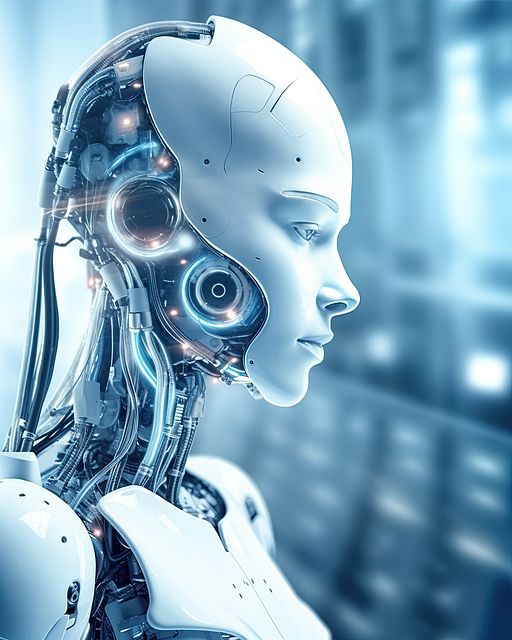In the realm of artificial intelligence (AI), deep learning has emerged as a cutting-edge technology that has revolutionized various industries. However, for beginners, it can be challenging to grasp the concepts and distinctions between deep learning, machine learning, and artificial intelligence. In this blog post, we will explore the basics of deep learning, compare it with machine learning and artificial intelligence, understand its applications, and delve into why, how, and when it is used.
1. Deep Learning vs. Machine Learning vs. Artificial Intelligence:
Artificial Intelligence (AI): AI is a broader concept that encompasses the simulation of human intelligence in machines to perform tasks that typically require human intelligence, such as decision-making, problem-solving, speech recognition, and natural language understanding. It is the overarching field that includes both machine learning and deep learning.
Machine Learning (ML): Machine learning is a subset of AI that focuses on training algorithms to learn patterns and make decisions from data. It involves developing models that can improve their performance over time without being explicitly programmed for specific tasks.
Deep Learning: Deep learning is a specialized branch of machine learning that employs artificial neural networks with multiple layers (deep neural networks) to process and learn from vast amounts of data. It excels at tasks involving complex patterns and features, such as image recognition, natural language processing, and speech synthesis.
2. What Deep Learning Involves:
Deep learning revolves around the concept of artificial neural networks, inspired by the structure and functioning of the human brain. These networks consist of layers of interconnected nodes (neurons) that transmit and process information. Each layer extracts different features from the input data, enabling the network to learn hierarchical representations.
3. What Deep Learning Does:
Deep learning is exceptionally adept at feature extraction and pattern recognition. It can autonomously learn to identify intricate patterns and relationships within the data, making it ideal for tasks such as image classification, object detection, language translation, and sentiment analysis.
4. Where Deep Learning Is Used:
Deep learning finds applications in diverse fields:
- Computer Vision: Deep learning enables facial recognition, object detection, and autonomous driving.
- Natural Language Processing (NLP): It powers language translation, sentiment analysis, and chatbots.
- Healthcare: Deep learning aids in medical image analysis, disease diagnosis, and drug discovery.
- Finance: It assists in fraud detection, credit risk assessment, and algorithmic trading.
- Gaming: Deep learning enhances character animation, game playing, and procedural content generation.
5. Why Deep Learning Is Used:
Deep learning’s ability to learn intricate patterns from vast datasets makes it a powerful tool for complex and high-dimensional problems. Its efficiency in automating tasks, reducing human intervention, and improving accuracy has made it indispensable in modern AI applications.
6. How Deep Learning Is Used:
To utilize deep learning, the process involves:
- Data Collection: Gathering a diverse and large dataset relevant to the task.
- Model Design: Creating a deep neural network architecture tailored to the problem.
- Training: Feeding the data to the network and adjusting its parameters iteratively to minimize error.
- Evaluation: Assessing the model’s performance on a separate test dataset.
- Deployment: Integrating the trained model into the application for real-world use.
7. When Deep Learning Is Used:
Deep learning is suitable for tasks that require sophisticated pattern recognition and understanding of complex relationships in data. It shines when traditional rule-based approaches become impractical or insufficient to handle the intricacies of the problem.
In conclusion, deep learning is a specialized branch of machine learning that has revolutionized AI applications. It involves artificial neural networks to learn from vast data and autonomously identify complex patterns. Compared to machine learning and artificial intelligence, deep learning’s power lies in its ability to handle high-dimensional data and solve intricate tasks like image recognition and natural language understanding. As technology advances, deep learning is expected to continue driving innovations in various industries, shaping the future of AI.
[my_popular_tags]

2 thoughts on “Understanding the Basics of Deep Learning: A Comparison with Machine Learning and Artificial Intelligence”